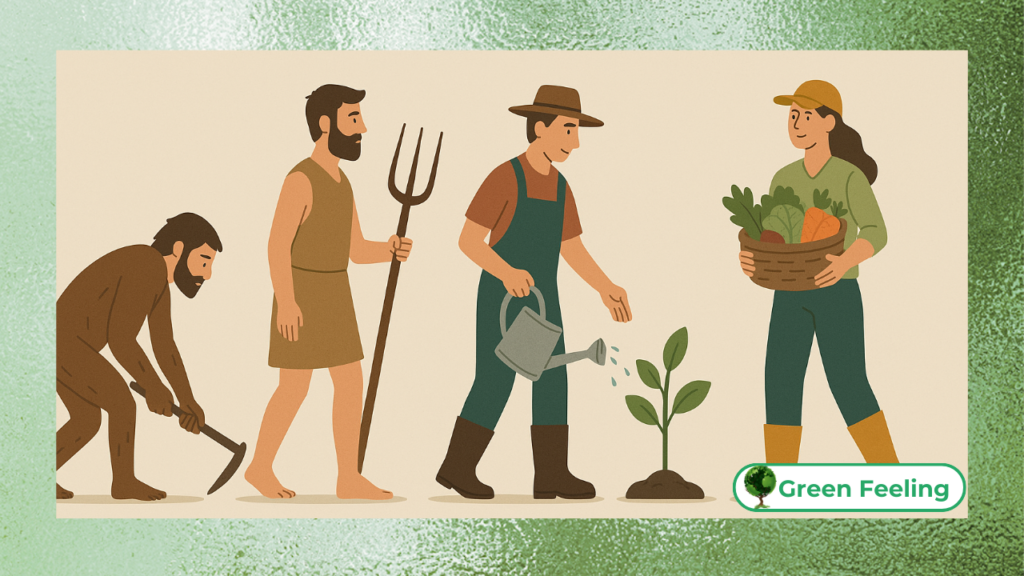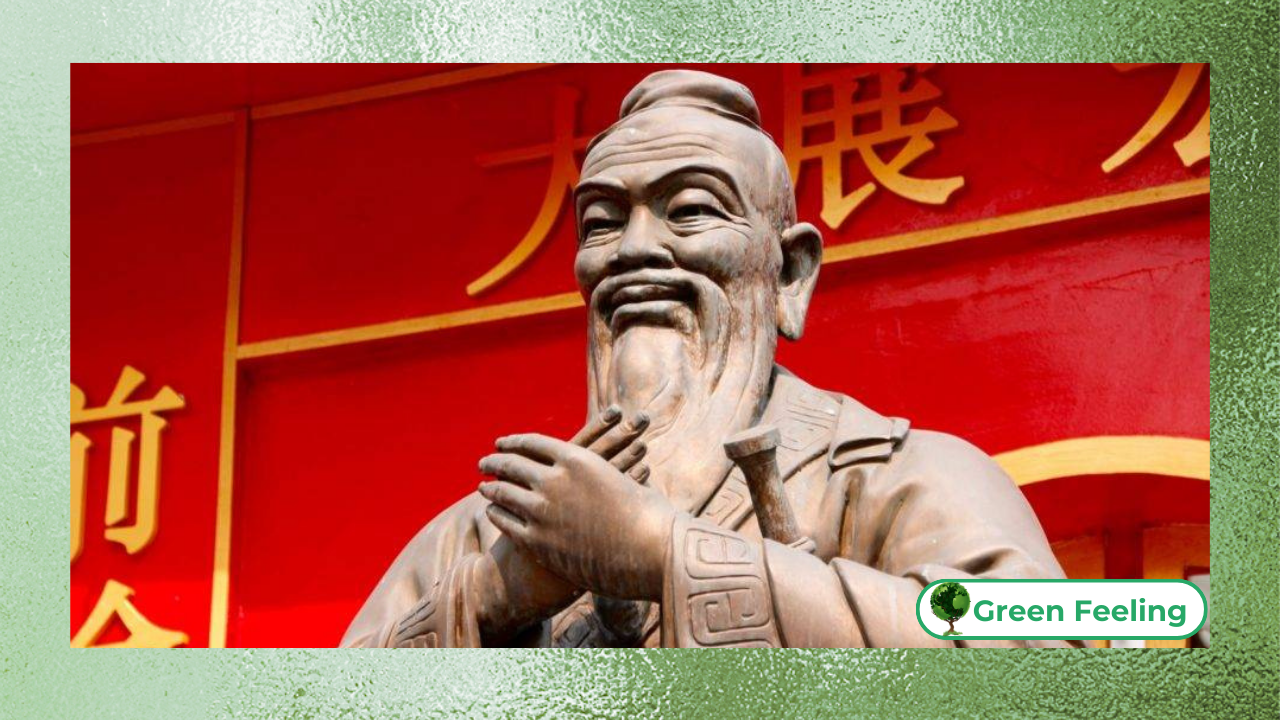The History and Evolution of the Organic Movement in Developed Countries
The organic movement has transformed from a fringe agricultural philosophy to a mainstream global phenomenon, particularly in developed nations.

What began as a reaction against industrialized farming has evolved into a sophisticated system of sustainable agriculture, backed by science, policy, and consumer demand.
This article explores the origins, key milestones, and current state of organic farming in developed countries, highlighting its cultural, environmental, and economic impacts.
The organic movement emerged in the early 20th century as a response to the increasing use of synthetic fertilizers and pesticides.
Pioneers like Sir Albert Howard in the UK and Rudolf Steiner in Germany advocated for farming methods that worked with nature rather than against it.
Their ideas laid the foundation for what would become a global shift toward sustainable agriculture.
Today, organic farming is a multi-billion-dollar industry, with Europe and North America leading in production and consumption.
Early Foundations of the Organic Movement
The roots of organic farming can be traced back to the 1920s and 1930s, when agricultural scientists began questioning the long-term effects of chemical-intensive farming.
Sir Albert Howard, often called the “father of organic farming,” developed the Indore method of composting while working in India.
His book, An Agricultural Testament (1940), became a cornerstone of organic philosophy, emphasizing soil health as the foundation of food production.
Around the same time, Rudolf Steiner introduced biodynamic agriculture, a holistic approach that viewed farms as self-sustaining ecosystems.
His lectures in 1924 laid the groundwork for what would later become the Demeter certification system, still used today.
These early ideas were radical at the time but gained traction as the environmental costs of conventional farming became apparent.
+ Eco Houses: How to Build for a Sustainable Future
The Post-War Expansion and Counterculture Influence
The 1960s and 1970s marked a turning point for the organic movement, as it became intertwined with environmental activism and counterculture movements.
Rachel Carson’s Silent Spring (1962) exposed the dangers of pesticides, particularly DDT, and galvanized public support for alternative farming methods.
In the U.S., J.I. Rodale popularized organic gardening through his magazine Organic Farming and Gardening, founded in 1942.
During this period, small-scale organic farms began to proliferate, often run by back-to-the-land hippies who rejected industrial agriculture.
Farmers’ markets and food co-ops emerged as distribution channels for organic produce, creating networks that bypassed conventional supermarkets.
Governments also took notice; Sweden became the first country to establish official organic standards in 1985, followed by the EU in 1991.
Key Developed Countries in the Organic Movement
Several nations have played pivotal roles in advancing organic agriculture. Below is a table highlighting three leading countries and their contributions:
| Country | Key Contribution | Current Status |
| Germany | Early adoption of biodynamic farming (1920s) |
Europe’s largest organic market
|
| USA | Pioneered organic certification (1990) |
$60+ billion organic industry (2023)
|
| Denmark | First national organic action plan (1995) |
12% of farmland is organic (highest in EU)
|
Germany: From Steiner to Supermarkets
Germany has been a leader in organic farming since Rudolf Steiner’s biodynamic principles took root. Today, it boasts the highest organic sales in Europe, with major supermarket chains dedicating entire sections to organic products. The government supports the sector through subsidies and strict labeling laws.
United States: Growth and Corporate Involvement
The U.S. organic movement grew from counterculture roots into a major industry. The USDA Organic certification (established in 2000) standardized practices, but critics argue corporate acquisitions (like Whole Foods by Amazon) have diluted the movement’s original ethos.
Denmark: Policy-Driven Success
Denmark’s government has aggressively promoted organic food, mandating that 60% of public institution meals must be organic by 2025. This top-down approach has made Denmark a model for policy-driven organic transitions.
Modern Challenges and Criticisms
Despite its growth, the organic movement faces several challenges:
- Greenwashing: Some large-scale producers exploit loopholes in certification.
- High costs: Organic food remains expensive, limiting accessibility.
- Yield gaps: Organic farms often produce less per acre than conventional ones.
- Globalization: Imported organic products sometimes undermine local farmers.
As noted by Professor Julie Guthman in Agrarian Dreams: The Paradox of Organic Farming in California:
“The industrialization of organic farming has created tensions between its original ideals and the realities of global markets.”
The Future of Organic Farming in Developed Nations
The organic movement is at a crossroads. On one hand, it has succeeded in making sustainable farming a viable economic sector.
On the other, it risks losing its transformative potential as it becomes institutionalized.
Innovations like regenerative agriculture and agroecology may represent the next evolution, focusing not just on avoiding chemicals but actively restoring ecosystems.
Governments are also stepping up; the EU’s Farm to Fork Strategy aims to have 25% of farmland organic by 2030.
Consumer demand continues to rise, particularly among younger generations who prioritize sustainability.
However, the movement must address equity issues to ensure organic food is accessible to all, not just affluent consumers.
+ Organic Markets: Connecting Producers and Conscious Consumers
What Do You Think About the History and Evolution of the Organic Movement?
The organic movement’s journey—from a radical alternative to a mainstream industry—reflects broader societal shifts toward sustainability.
Yet questions remain: Has it stayed true to its roots? Can it scale without compromising its principles?
Your choices as a consumer shape this future.
Do you prioritize organic products? Would you support policies that expand organic farming? The movement’s next chapter will be written by farmers, policymakers, and everyday shoppers alike.
From its humble beginnings to its current global reach, the organic movement has reshaped agriculture in developed countries.
While challenges persist, its core philosophy—farming in harmony with nature—remains as relevant as ever.
The coming decades will test whether organic farming can truly transform our food systems or if new, more radical approaches will take its place.
+ Medicinal Plants in Organic Agriculture: Use and Benefits
Conclusion
The organic movement in developed countries has undergone a remarkable transformation – from a philosophical alternative to conventional agriculture to a globally recognized system of food production.
As we reflect on its century-long evolution, several key insights emerge about its impact and trajectory.
First, the movement has undeniably succeeded in changing consumer consciousness about food systems.
What began as niche knowledge among farmers and environmentalists has become mainstream awareness, with organic products now available in most supermarkets.
This represents a significant cultural shift in how societies view the relationship between agriculture, health, and environment.
However, the industrialization of organic production presents complex challenges.
While scaling up has made organic food more accessible, it has also led to debates about whether large-scale organic operations truly fulfill the movement’s original vision of sustainability and localism.
The tension between maintaining principles and achieving market growth continues to shape the sector’s development.
Looking ahead, the organic movement appears poised for further evolution rather than stagnation.
Emerging concepts like regenerative agriculture and carbon farming suggest the next phase may focus not just on avoiding harm, but actively repairing ecosystems.
Technological innovations in precision organic farming could help address yield gaps, while new distribution models might improve affordability and access.
Perhaps most importantly, the organic movement’s history demonstrates that agricultural systems can change when three elements align: scientific understanding, consumer demand, and policy support.
This lesson remains relevant as we face new challenges like climate change and biodiversity loss.
The movement’s future may depend on its ability to address these broader environmental crises while staying true to its foundational principle: that how we grow our food fundamentally matters.
Ultimately, the story of organic agriculture in developed nations is still being written.
Its past shows what’s possible when vision meets action; its future will reveal whether it can fully transform our relationship with the land that feeds us.
One thing remains certain – in a world facing ecological crises, the principles behind organic farming have never been more necessary.
References:
- Howard, A. (1940). An Agricultural Testament. Oxford University Press.
- Carson, R. (1962). Silent Spring. Houghton Mifflin.
- Guthman, J. (2004). Agrarian Dreams: The Paradox of Organic Farming in California. University of California Press.
- EU Commission. (2020). Farm to Fork Strategy. European Union.
- USDA. (2023). Organic Market Report. United States Department of Agriculture.






